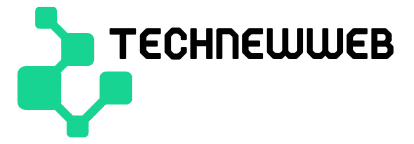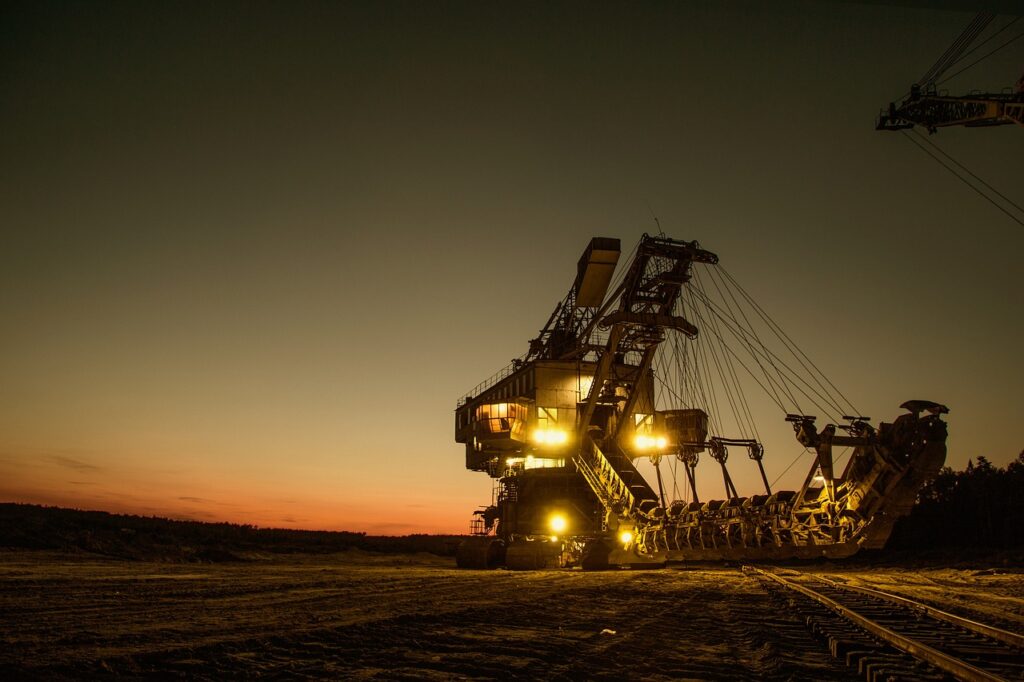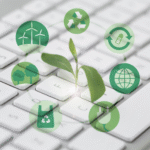Introduction
digital twin technology in construction is reshaping the construction industry, offering an innovative way to visualize, analyze, and optimize construction projects. By creating digital replicas of physical assets, digital twins enable real-time data monitoring and predictive insights that streamline project management, enhance safety, and optimize resource allocation. This article explores the strategies, applications, and benefits of digital twin technology in construction, providing actionable insights for both beginners and seasoned professionals. digital twin technology in construction.

What is Digital Twin Technology?
Digital twin technology refers to the virtual representation of a physical asset, process, or system that allows real-time monitoring and analysis. Through IoT sensors, AI algorithms, and data analytics, digital twins gather data from the physical environment, allowing for continuous updates and insights. In construction, this technology provides stakeholders with a comprehensive view of a project’s progress, offering predictive capabilities that enhance decision-making and reduce risks. digital twin technology in construction.
Key Insight:
“Digital twins enable project teams to make data-driven decisions that increase efficiency, reduce costs, and mitigate risks by providing a real-time view of construction site activities.”
Applications of Digital Twin Technology in Construction
- Project Planning and Design
Digital twins enable architects and engineers to create a precise model of a project before construction begins. This model includes structural details, material specifications, and environmental conditions, which help ensure the feasibility of the project and detect potential issues early on. - Enhanced Construction Monitoring
By integrating IoT sensors, construction teams can monitor real-time data on materials, machinery, and worker activities. This improves site safety by identifying potential hazards and enables quick adjustments to the project timeline if delays occur. - Predictive Maintenance
For ongoing or completed projects, digital twins assist in predictive maintenance. By analyzing equipment performance data, construction managers can anticipate when machinery may require servicing, which reduces downtime and extends equipment lifespan. - Sustainability and Resource Management
Digital twins support sustainability goals by tracking resource usage and waste. With access to data on energy consumption, water usage, and emissions, construction managers can optimize resource allocation and minimize environmental impact. - Cost Management
Through detailed data analysis, digital twins provide cost insights throughout the project lifecycle, allowing managers to identify potential cost savings in materials, labor, and logistics. digital twin technology in construction.
Benefits of Implementing Digital Twin Technology
| Benefit | Description | Examples in Construction |
|---|---|---|
| Improved Project Accuracy | Real-time data integration leads to more accurate project outcomes and fewer errors in planning stages. | Architectural modeling, structural analysis |
| Enhanced Safety | Predictive insights help reduce site hazards by identifying potential risks early. | Worker safety monitoring, equipment hazard alerts |
| Increased Efficiency | Digital twins streamline workflows by providing actionable data to improve resource allocation. | Material tracking, workforce optimization |
| Cost Savings | Optimization of materials and labor reduces project costs. | Minimizing waste, efficient resource management |
| Sustainability | Supports eco-friendly construction by monitoring energy and material consumption. | Reducing carbon footprint, tracking material origins |
How to Implement Digital Twin Technology in Your Construction Project
1. Define Objectives and Set Key Performance Indicators (KPIs)
Clearly define the objectives for implementing digital twin technology. Set measurable KPIs that reflect the goals of your project, whether that’s improving safety, reducing costs, or enhancing sustainability. digital twin technology in construction.
2. Choose the Right Tools and Platforms
Select a digital twin platform that suits the scale and requirements of your construction project. Leading platforms such as Autodesk and Bentley Systems offer specialized tools for construction digital twins, allowing easy integration with CAD software, BIM models, and IoT devices. digital twin technology in construction.
3. Integrate IoT Sensors and Data Sources
To create a functional digital twin, IoT sensors must be strategically placed to collect real-time data on various project aspects. This may include temperature, humidity, machinery performance, and worker activity.
4. Train Your Team
For successful implementation, it’s crucial to provide adequate training. Familiarize your team with digital twin technology, data interpretation, and tools necessary to leverage the technology effectively.
5. Analyze Data and Optimize Operations
Once the digital twin is operational, regularly analyze the data to identify optimization opportunities. This could mean adjusting schedules, reallocating resources, or making on-the-fly decisions based on real-time data insights. digital twin technology in construction.
Quote:
“A digital twin is only as valuable as the data it collects. Continuous data analysis allows project teams to maximize the benefits of digital twin technology.”
Challenges and Considerations
- Data Security
Digital twins collect vast amounts of sensitive data, making cybersecurity crucial. Establishing strong security protocols is necessary to protect data integrity and prevent unauthorized access. - High Initial Costs
Implementing digital twin technology requires significant upfront investment in software, sensors, and training. However, the long-term benefits often justify the initial costs. - Data Accuracy and Quality
The effectiveness of a digital twin depends on the quality of data it receives. Low-quality data can lead to inaccurate insights, so it’s essential to validate data sources regularly.
Future of Digital Twin Technology in Construction
As the construction industry embraces automation and AI, digital twin technology will become increasingly indispensable. Future advancements may include AI-powered digital twins that can autonomously manage certain project tasks, from scheduling to quality control. digital twin technology in construction. digital twin technology in construction.
Key Prediction:
“In the next decade, AI-driven digital twins will become the backbone of smart construction sites, reducing human error and increasing efficiency through automation.”
Frequently Asked Questions (FAQ)
Q1: What is a digital twin in construction?
A digital twin in construction is a virtual representation of a building or infrastructure project that uses real-time data to simulate its physical counterpart. This helps monitor and optimize construction processes.
Q2: How can digital twin technology improve safety on construction sites?
Digital twins enhance safety by providing real-time insights into site conditions and identifying potential risks, enabling prompt responses to hazards.
Q3: Are digital twins cost-effective for small construction projects?
While initial costs may be high, the long-term benefits of efficiency, safety, and reduced project costs often justify the investment, even for smaller projects.
Q4: Which software platforms support digital twin creation for construction?
Popular platforms include Autodesk, Bentley Systems, and Siemens, all of which offer tools tailored for construction digital twins.
Q5: How does a digital twin differ from BIM (Building Information Modeling)?
While BIM represents a static model used for planning, a digital twin is dynamic, integrating real-time data to continuously update and optimize project management.
Conclusion
Digital twin technology is transforming construction by enabling data-driven decision-making and optimizing project outcomes. As this technology becomes more accessible, construction firms can leverage it to enhance safety, reduce costs, and achieve sustainable practices. Whether you’re new to digital twins or experienced in construction management, implementing these strategies will help future-proof your projects and meet industry standards. Now is the time to consider digital twin technology for your next construction project—embrace the future of construction today. digital twin technology in construction.








1 thought on “Digital Twin Technology in Construction: 1 Comprehensive Guide”